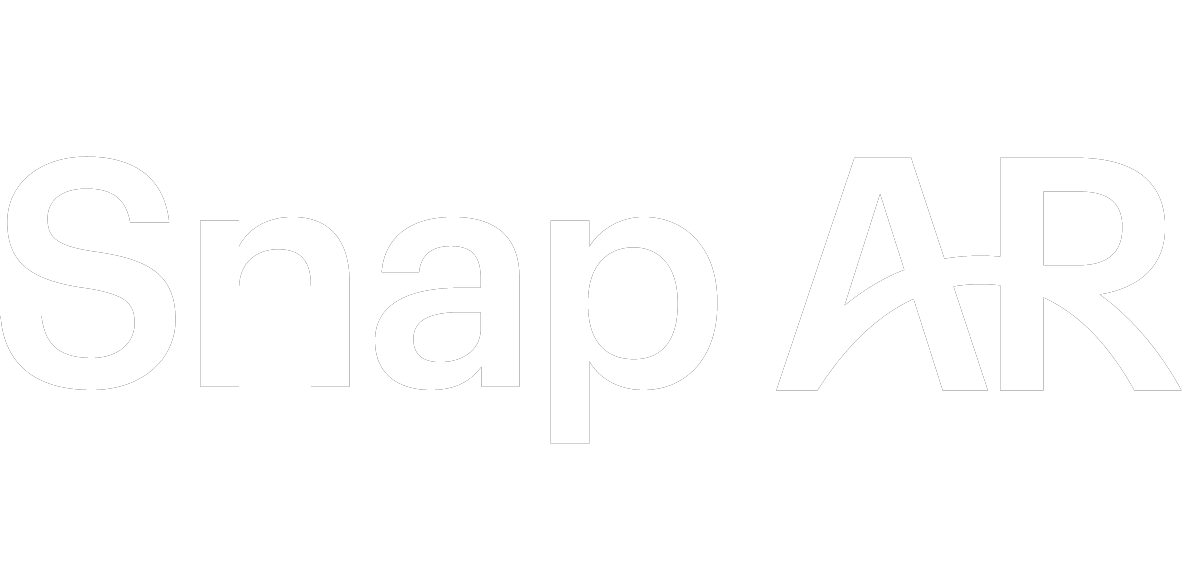With the release of Lens Studio 4.40, we introduced Ray Tracing, a revolutionary new feature that makes it possible for AR objects and surfaces to reflect the real-world environment in real time. This breakthrough technology has been five years in the making, requiring the expertise of an entire host of engineers and researchers — not to mention the many Lens Creators who generously helped with beta testing. Ray Tracing’s use cases are as limitless as your imagination, ranging from jewelry, apparel, electronics, and glass, to cars, buildings, metals, polished surfaces, and beyond. Already, top AR creators across the globe have implemented the feature to add stunning realism and detail to their Lenses. Luxury brands like Tiffany & Co. have also been quick to capitalize on the new technology as Ray Tracing offers online shoppers unparalleled product visualization experiences.
"Ray Tracing takes mobile AR to the next level with its ability to create photorealistic graphics. I haven't seen anything like this before."
—Caio Alves, AR Developer
It’s no surprise creators are so excited, as this is the first time Ray Tracing is available as a real-time technology for mobile experiences across iOS and Android. Previously, Ray Tracing could only be used by developers when building experiences for specialized hardware powered by advanced gaming engines. Never before has Ray Tracing been experienced in AR on a wide range of mobile devices in real time.
"It’s really amazing to see what this tech is capable of and how it will bring the way people experience AR to an even higher and more realistic level. This specifically is something I believe is extremely important for mass adoption of augmented reality."
—David Robustelli, Founder, Beyond Studio
Ray Tracing is essentially a rendering technique used to produce incredibly realistic-looking images. By using an algorithm to trace the path that a beam of light would take in the physical world, Ray Tracing simulates the way light behaves in the real world. Using this technique, creators can make virtual rays of light appear to bounce off objects and create lifelike reflections.
“Every AR Lens we make, we try to let the user feel like they’re taking a step into the experience. Ray Tracing adds a truly magical layer of realism to every object and immerses the users. Ray Tracing turns what looked convincing into looking real, blending with the physical world.”
—Tim Friedland, CEO, forwARdgame
Snap AR granted select developers early access to Ray Tracing to ensure we were building the best version of this capability for our community. We collaborated with creators to ensure this technology worked seamlessly on mobile while remaining simple to use within existing Lens creation workflows. Now that Ray Tracing is available, we’re thrilled to see the Lenses our developer community has been able to publish on Snapchat in the last month. If you’re looking for inspiration on how to best leverage Ray Tracing in your own Lenses, check out these creations below from our early access partners.

